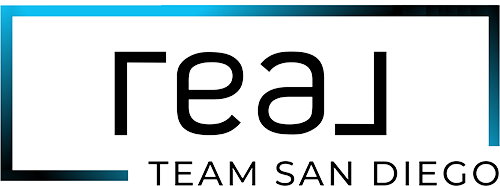Non-qualifying Loans
Non-Qualifying Loans
Non-QM loans are great for people with unique circumstances that don’t fit in the traditional mortgage box. Some Non-QM loans, however, have higher down payments and interest rates.
Alternative income documentation
Depending on the lender’s requirements, borrowers may demonstrate their ability to repay the loan using tax returns, bank statements, asset
qualifiers or 1099s.
No waiting period after bankruptcy
Some lenders offer non-QM loans that cater to borrowers with a history of bankruptcy or foreclosure, allowing them to get a mortgage as soon as one day after the event. Comparatively, qualified mortgages may require a waiting period of one to four years after bankruptcy, and two to seven years after a foreclosure.
Higher debt limits
Qualified mortgages have a maximum debt-to-income ratio (the percentage of your income that goes toward monthly debt payments) of 43%, while some non-QM loans allow for ratios over 50%.
Higher down payment requirements
Non-QM loan borrowers may be required to put a minimum down payment of 10% to 20%, while the average down payment was 6% for first-time home buyers and 17% for repeat buyers in 2022, according to the National Association of Realtors.
Higher interest rates
Non-QM loans typically have higher interest rates than qualified mortgages. Although it may be easier to get approved than a qualified mortgage, non-QM loans are more expensive.
No government backing
Because non-QM loans don’t have to follow CFPB standards, they can’t be purchased by Fannie Mae or Freddie Mac, nor can they be backed by the Department of Veterans Affairs, U.S. Department of Agriculture, or the Federal Housing Administration. So instead, the lender is taking on all the risk of issuing the loan.
A non-QM loan may be a good fit for you if:
- You’re a contractor, self-employed, retired or otherwise unable to meet the income documentation requirements for a qualified mortgage.
- You’ve recently experienced a major credit event, such as foreclosure or bankruptcy.
- You’re a landlord and you want to use the cash flow from your other properties to qualify
for a home. - More than 43% of your income goes toward paying your monthly debts.

